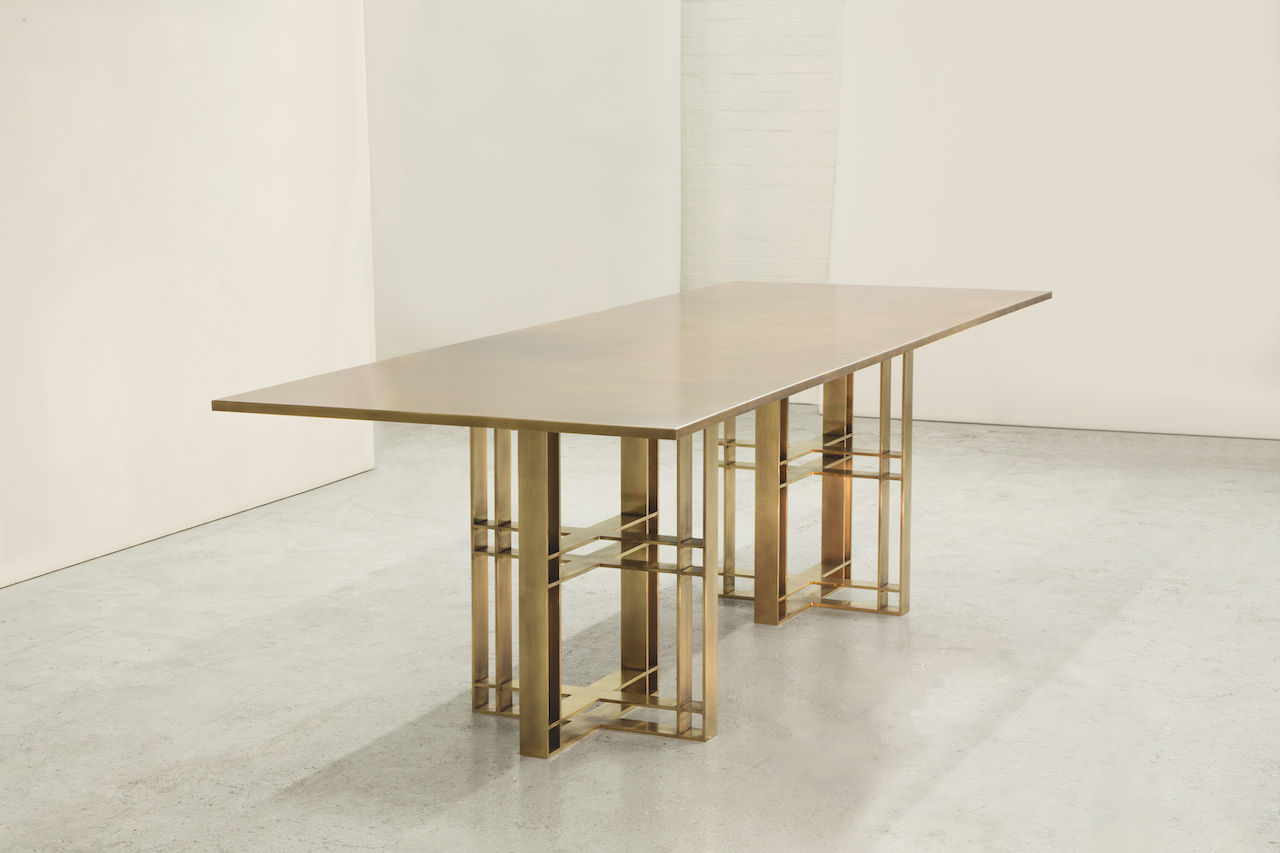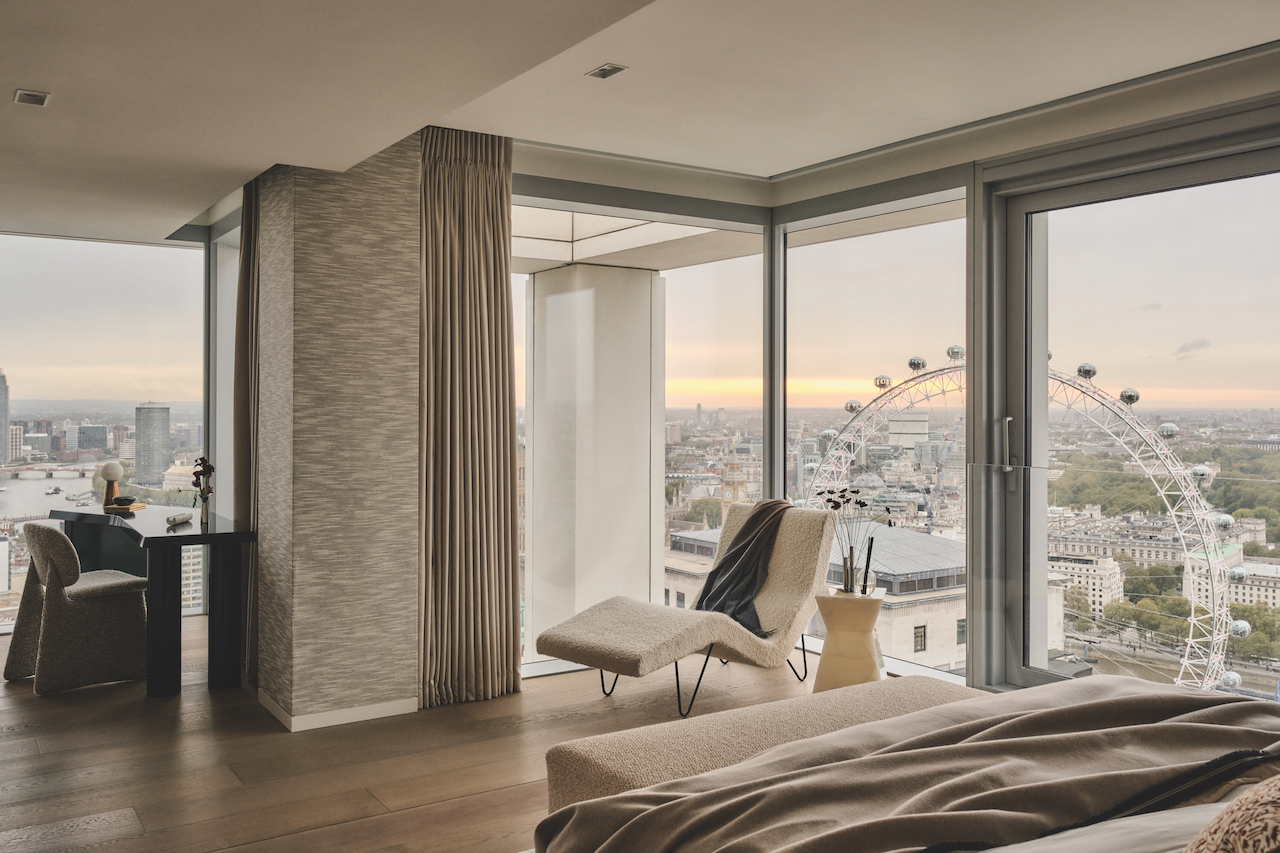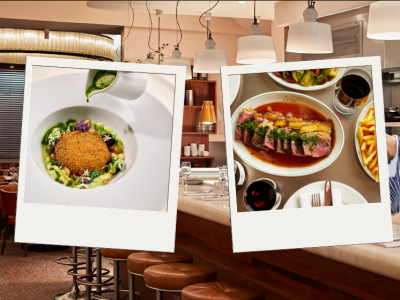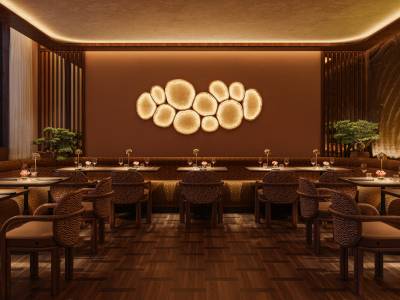When you have a front-row view of the London Eye from your sofa, and the ever-changing light and movement of the entire capital as its backdrop, you need your interiors to be luxurious but suitably discreet so as not to distract from the real-life movie outside your window. This is the three-bedroom Portia Fox Penthouse on the 35th and 36th floors of One Casson Square on London’s South Bank, on sale for £12.95 million with Knight Frank. A super-prime property such as this needs to appeal to the broadest range of ultra-high-net-worth buyers who fancy a riverfront trophy as their London residence.
Prime London Properties with Bespoke Interiors
10th April 2024
There’s more to today’s super-prime properties than meets the eye, from the stories behind the bespoke interiors featuring one-of-a-kind pieces to seamlessly concealed cutting-edge tech.
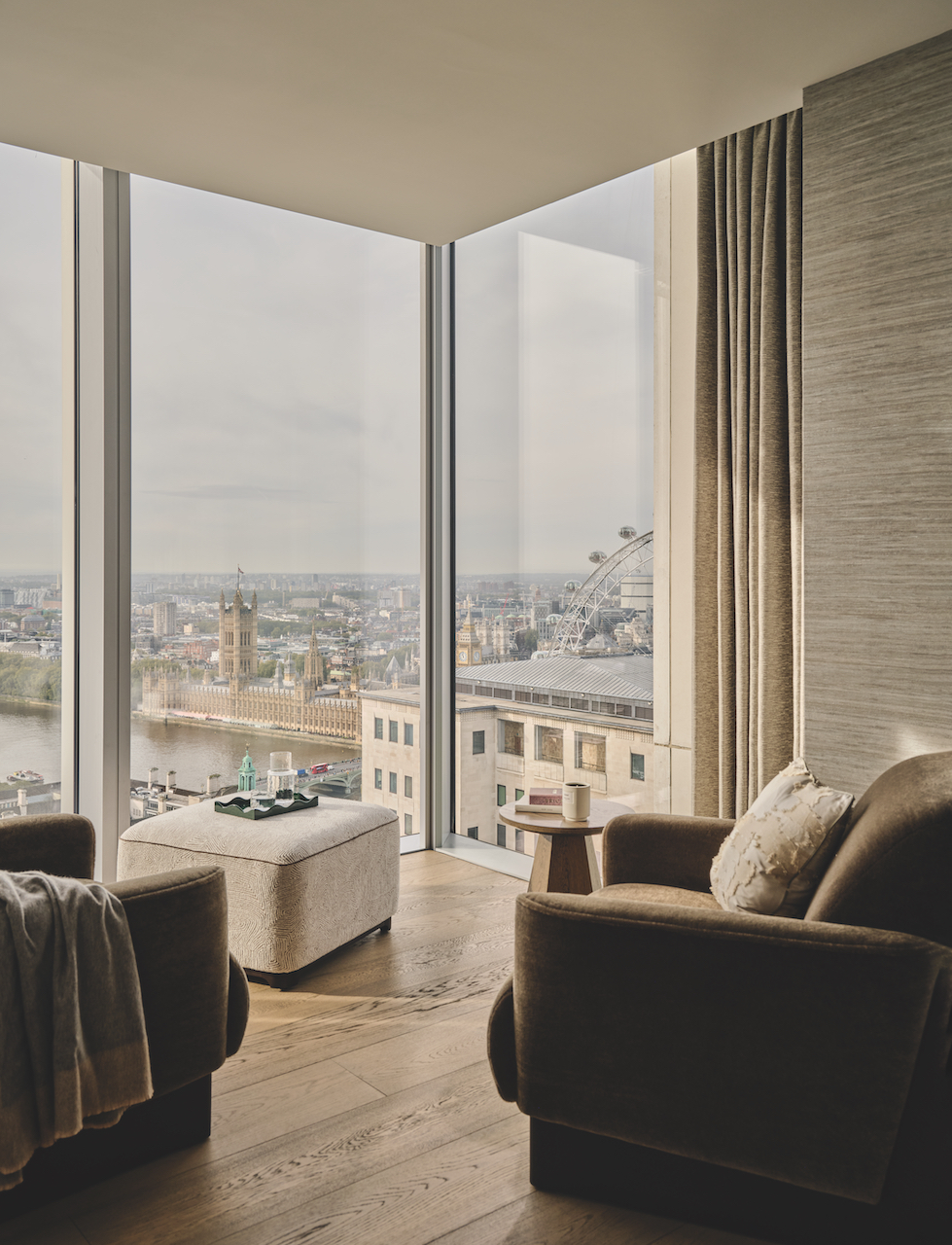
But beneath the surface, beyond the instant eye-catchers such as the central staircase that unfurls like a ribbon and the window-front bath tub with a panoramic view, interior designer Fox has handpicked and steered a huge number of artisans to contribute to the complex jigsaw that makes up this property and takes in locations all over the world. Among familiar names such as French fabric maestro Pierre Frey, there is Novocastrian. This team of metalworkers from Newcastle, comprising the “sons and daughters of Northern shipbuilders and coal miners”, has produced the penthouse’s centrepiece solid brass dining table, which costs £12,000. “We are unashamedly working-class people from a proudly working-class town, and the fact we can craft pieces that can furnish some of the world’s most prestigious properties is fascinating and a great honour,” says Richy Almond, who co-founded the company with his brother Paul.
In the master bedroom, two bedside tables, priced at £6,500 each, were made by London-based James Trundle of Process Studio, using timber handpicked from a small yard in Wiltshire and pippy oak from Dorset. “Every piece of timber we use can be geographically and temporally located,” he comments. “We recently crafted a piece for a private client on which we laser-engraved all the credentials of the timber and its journey, including the grid reference of where the tree stood, onto the underside of the piece.” These artisans bring “humanity and personality to these crazy projects,” says Fox. “They’re not ostentatious — they’ve just worked hard and become sought after.”
A seemingly simple desk can involve half a dozen skilled craftspeople: a timber worker, a leather specialist, perhaps someone who deals with brass, plus the designer who came up with the idea in the first place. “It keeps a lot of amazing trades in business,” says Fox.
Some of these skills are wonderfully niche, such as straw marquetry. “In our studio, we have a pot of dyed straw in 150 colours,” Fox continues. “People dye the straw in France and no two batches are the same. Then we work with specialist marquetry makers. We’ve used it in a set of huge basement doors in one project where the doors were made in Austria, the straw is from France and the furniture-makers are in the Cotswolds.” With handcrafted items, provenance is key. “No two pieces are the same and bespoke artisans like the story,” says Patrick Welsh from Fallen & Felled, a hardwood timber company that repurposes fallen trees in London. He recalls a huge old London plane that fell in Soho Square in 2022: “It was rotten and we badgered the tree surgeon to give it to us. Most go to the yard to be chopped up for biomass or firewood. We try and disrupt things.”
Cabinet-maker Robert Brain of RHMB is one of Fallen & Felled’s regular customers. He recalls a kitchen he created for a house in The Bishops Avenue — Hampstead’s famed billionaires’ row — from trees that grew, and fell, less than two miles away. Another project in Kensington used a fallen beech tree from Kensington Gardens. “Our clients are often excited to be able to choose locally sourced timber and it’s a real pleasure to help these trees begin their second life,” Brain says. “The distinctive narrative adds an extra layer of interest to our work.”
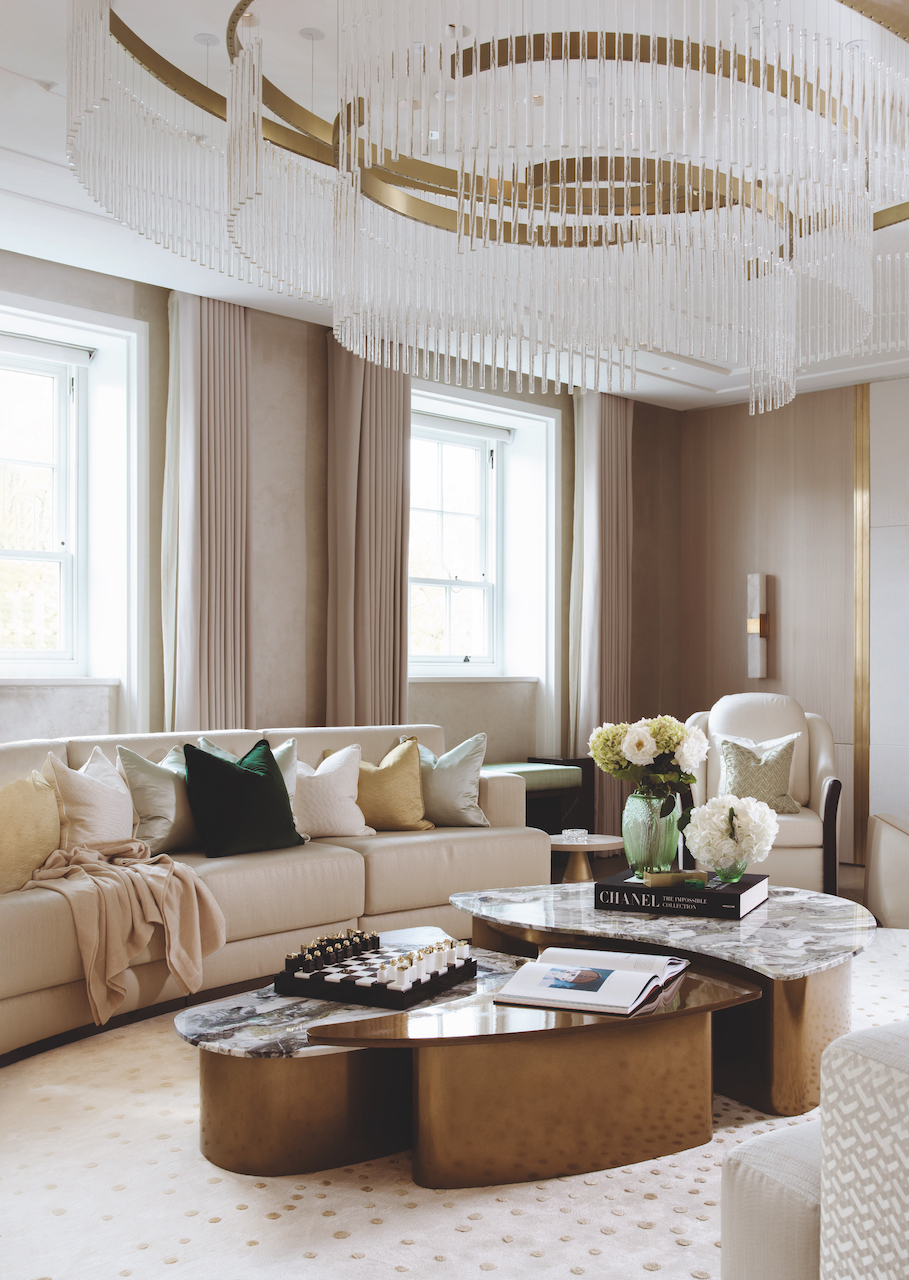
Beyond the story, there’s the simple fact that super-rich buyers want something that no one else has. “Clients at this level have seen everything and want something very personalised that represents them and their tastes,” says Nicolas Roux, founder of Rive Gauche London. He recently completed a very high-end apartment renovation in Mayfair’s Grosvenor Square with 120 bespoke items and finishes, including on walls, floors and ceilings. Each feature can take several months from concept to delivery, with constant to-ing and fro-ing between designer and craftsperson to ensure perfection.
“Every one of our projects is packed with bespoke artisanal pieces,” says Roux. “Each one is a piece of art. It starts with us on the design side, then we find the artisan, who has often learned the craft for 50 years or it has been handed down over multiple generations.” He describes wall panelling he designed for a grand reception room in Paris, which was made from eggshells that were painstakingly colour-matched, then covered in resin and baked. For a London penthouse in Hyde Park Gate, he found a local artisan to create églomisé wall mirroring that runs up the staircase crowned by a huge skylight, “so the silver and gold at the back of the mirrors give off different reflections throughout the day. It’s a constantly changing feature.”
“Simply putting marble on the floor and polished glass on the wall doesn’t make a property prime, just because it looks expensive,” he adds. “It’s about the way the details integrate and coordinate. It’s another level of luxury when you go into this much detail. You don’t see it immediately, but it creates another dimension.”
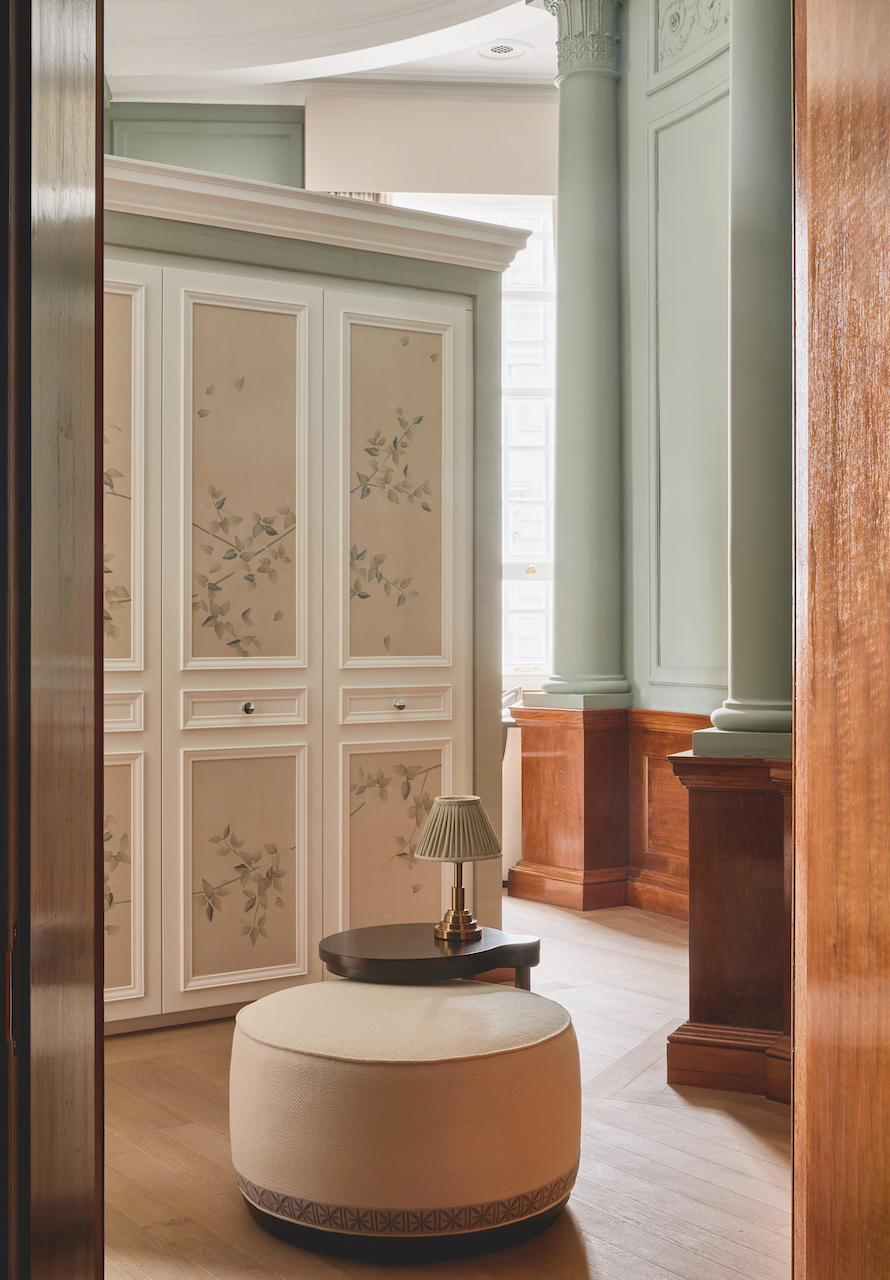
Peter Miller at smart home tech company Cornflake knows all about hidden artistry. “We have to go to great lengths to hide tech: TVs behind mirrors or moving panels, or that slide out on a lift under the bed; home-cinema speakers hidden behind acoustic fabric, plaster or wallpaper,” he says. While Cornflake’s designers are craftspeople of the tech variety, they also work with a wide range of specialist joiners and plasterers to ensure their technology is suitably discreet.
Designers need to be innovative. The billionaire owner of a Tudor mansion in south-west London loved the sound quality of his Wilson Benesch speakers but not the finish, “so we bought 50 metres of a special, vibrant blue speaker cloth at huge expense so that it matched the cabinets,” says Miller. One customised cabinet alone cost £50,000.
Similarly, bespoke lighting design “has become a massive thing”, according to Miller, who is regularly called upon to come up with artistic ways of providing individually programmable lighting for works of art and sculpture within a property. Or, as in one Kensington mansion, to work with a lighting designer to ensure the illuminated bespoke art installation alongside the client’s indoor pool worked perfectly at the touch of a screen. “We have to create the perfect screen and make it visually exciting,” says Miller.
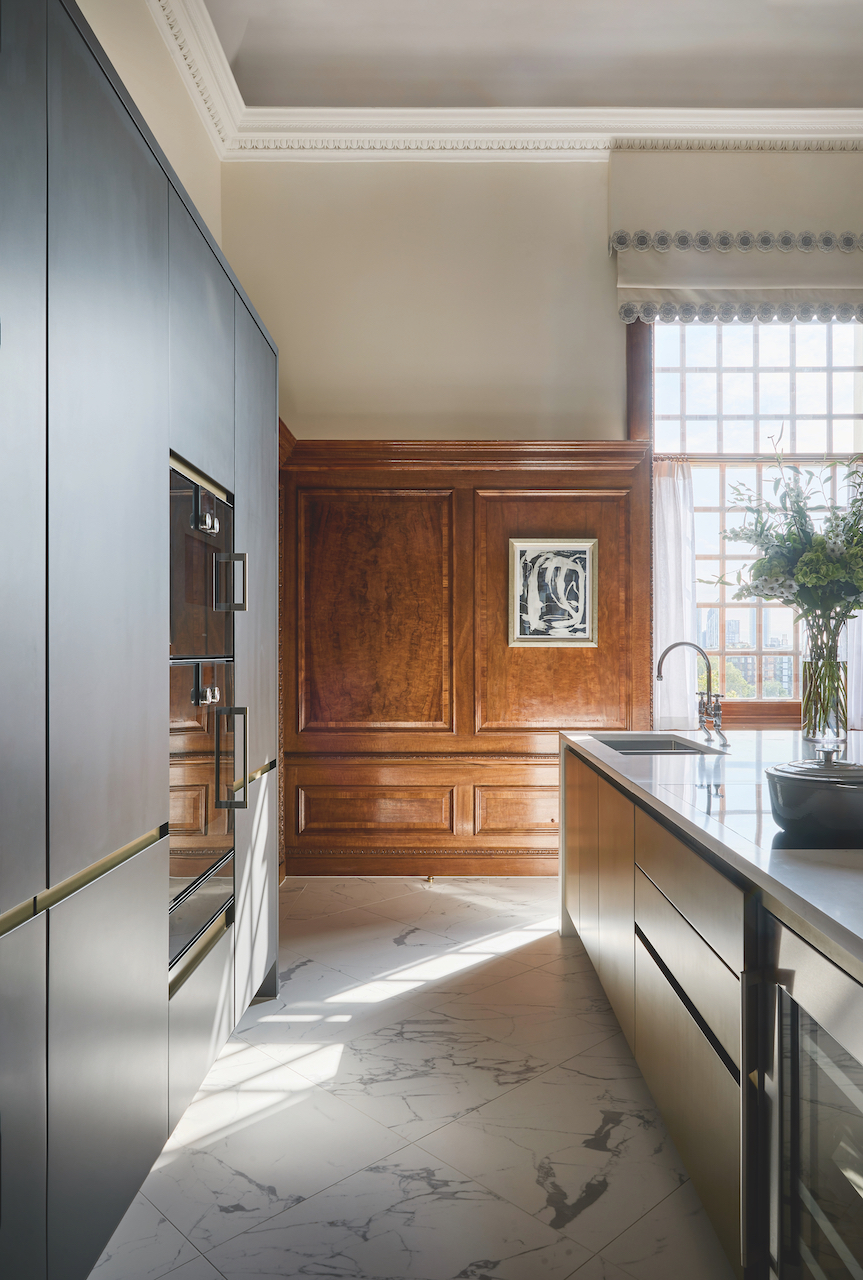
Without artisanal flair, there’s a danger that even super-prime properties look “safe and repetitive, and with no real point of view behind each design,” says interior designer Katharine Pooley. And there’s a “glut” of that, she adds. “Buyers increasingly look for unusual craftsmanship, interesting techniques and niche, bespoke detailing. They like to feel they are investing in a larger story about rarefied techniques and niche artisan expertise — which could mean a single piece with a particularly interesting fabrication process or a luxurious finish that can only be achieved painstakingly, by hand.”
For The Gainsborough at Millbank, a grand, historic £18 million apartment (now sold) within a listed Westminster building, Pooley drew on her little black book of artisans, from muralists to seamstresses, to create one-off wall art, hand-painted silk wallpaper and hand-embroidered drapes for a four-poster bed. “At the highest level of the market,
I believe there is demand for originality and craftsmanship. For me, it’s an incredible privilege to work with such beauty and skill.”
And whether it’s centuries of history or an unmissable, modern tourist attraction, London provides these behind-the-scenes artisans with endless inspiration.

